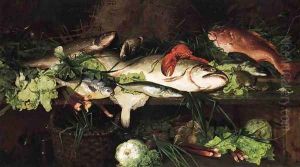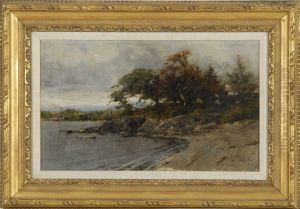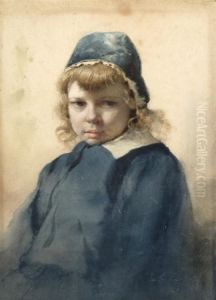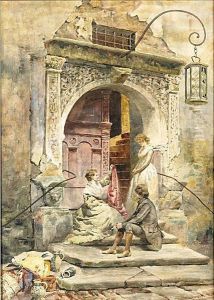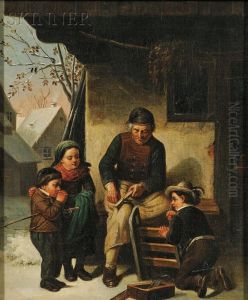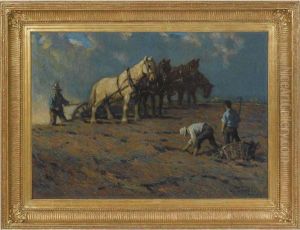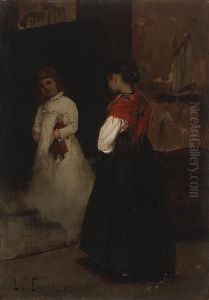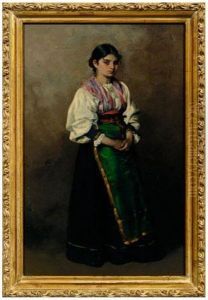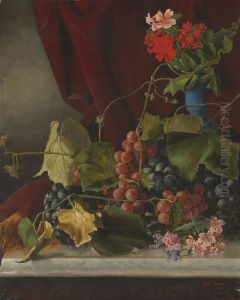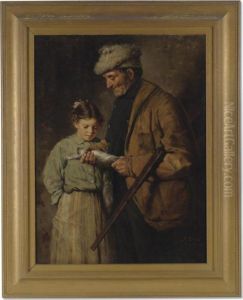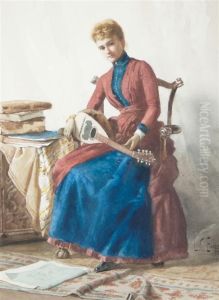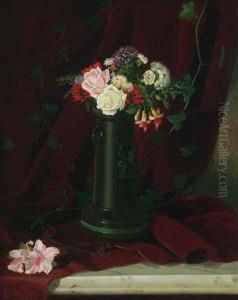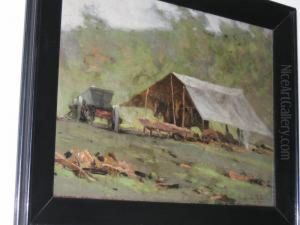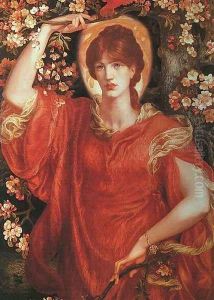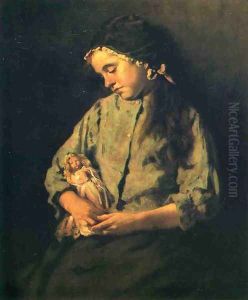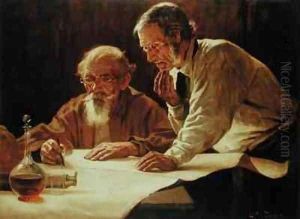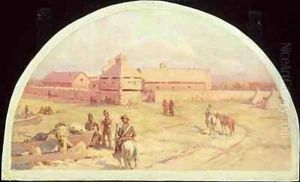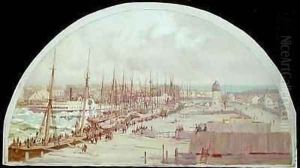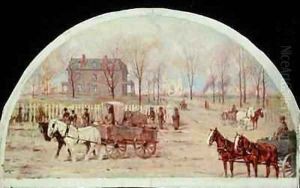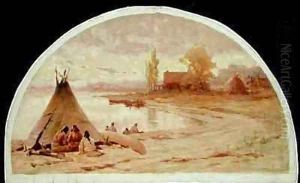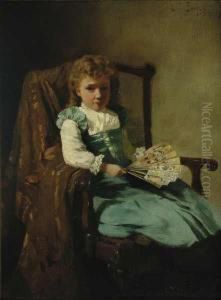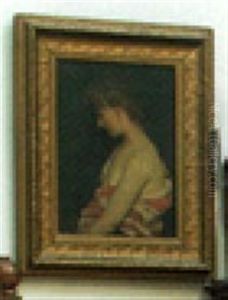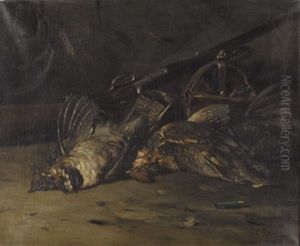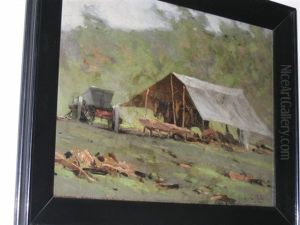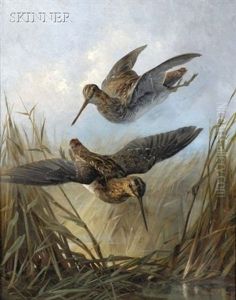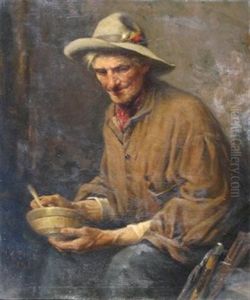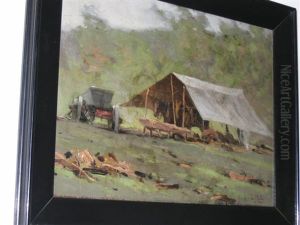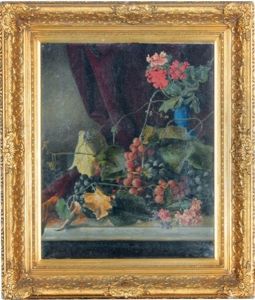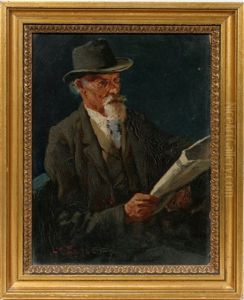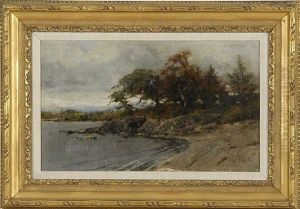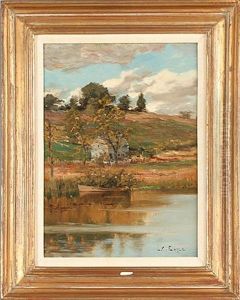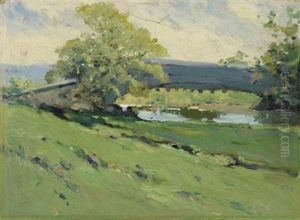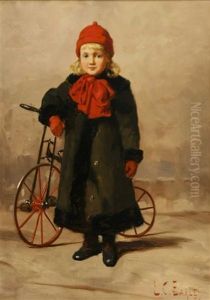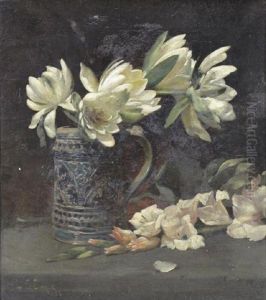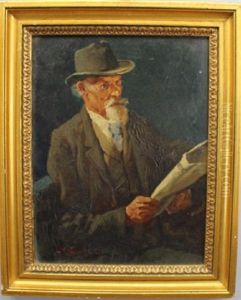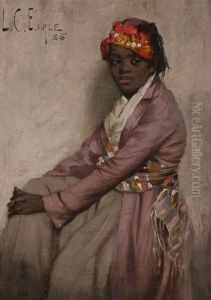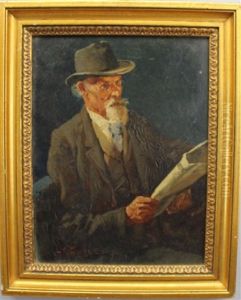Lawrence Carmichael Earle Paintings
Lawrence Carmichael Earle was an American painter known for his landscapes, portraits, and still-life works. Earle was born on June 18, 1845, in Mount Vernon, New York. His artistic talents emerged early, and he pursued his passion for art through formal education. He studied at the National Academy of Design in New York and later continued his studies in Europe, which was a common practice among aspiring American artists of the time.
Earle's European sojourn included time in Munich, Germany, where he was influenced by the detailed realism and dark tonalities characteristic of the Munich School. He also spent time in Italy, where the Renaissance masters further shaped his approach to composition and color.
After returning to the United States, Earle established himself as a skilled painter, and his works were exhibited in various prominent institutions, including the National Academy of Design and the Art Institute of Chicago. He was not only recognized for his fine art but also engaged in illustrative work for magazines and books, showcasing his versatility.
Throughout his career, Earle traveled extensively within the United States, capturing the diverse landscapes of the country. His portrayal of the American wilderness and rural life added to the nation's burgeoning sense of identity in the late 19th century. Earle's paintings are characterized by their attention to detail, vibrant palette, and an overall sense of tranquility.
Earle was also an educator, passing on his knowledge to the next generation of artists. He taught at the University of Michigan, where he influenced numerous students and left a lasting legacy in the region's art community.
Lawrence Carmichael Earle died on February 18, 1921. His works continue to be appreciated for their technical skill and contribution to the American art scene of the late 1800s and early 1900s.
